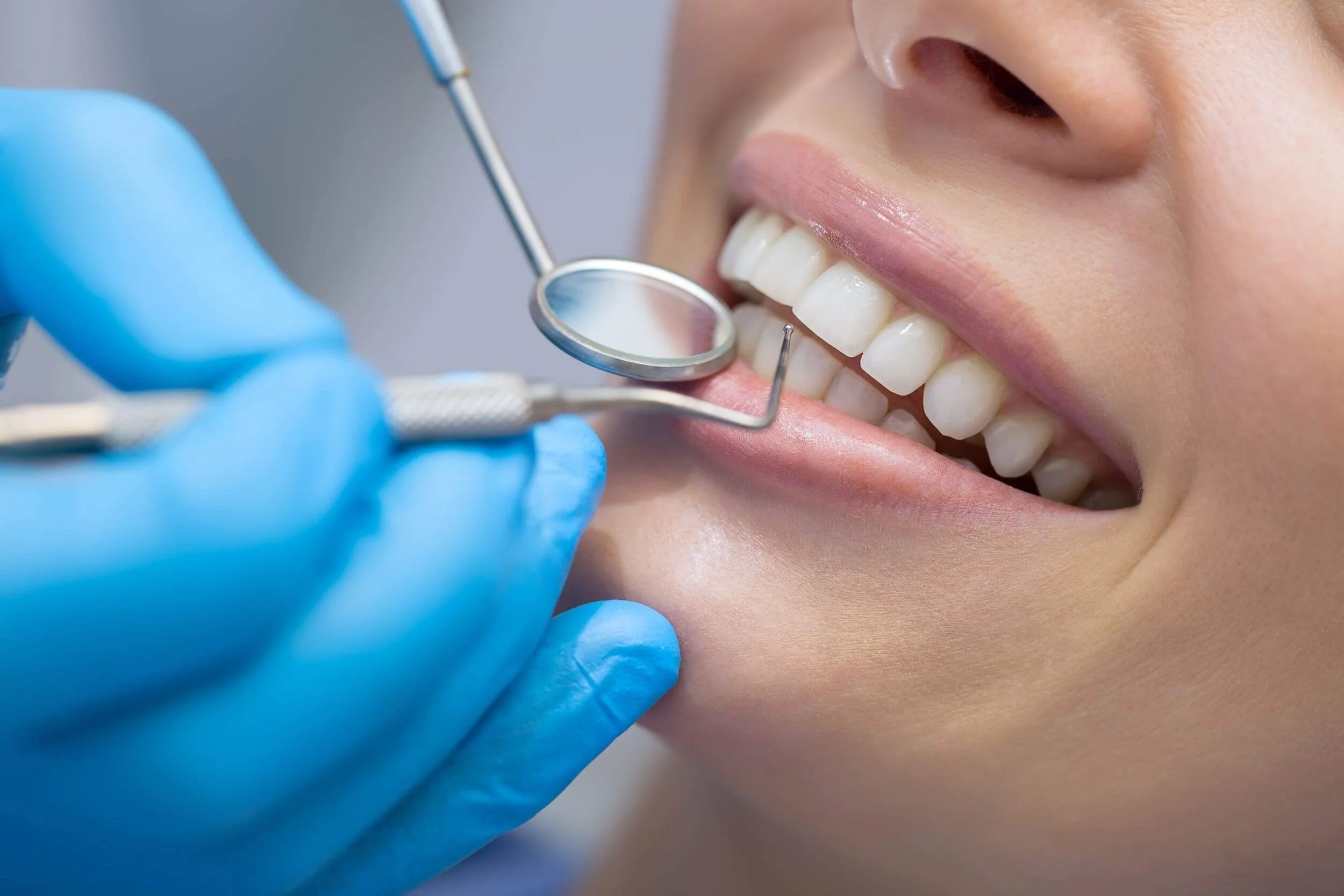General Dentistry
Fillings and Repairs
Restorative materials are used to repair teeth, which have been compromised due to tooth decay (cavities) or trauma. Your dentist may use several methods to determine if you have tooth decay such as intra-oral pictures, digital x-rays and laser fluorescence cavity detection aids. Tooth trauma can be caused by cracked or broken teeth, teeth that are worn from unusual use such as nail biting, tooth grinding (bruxism) and using your teeth to open things. Different materials can be used to repair teeth, the most common being composite fillings made from a tooth-colored resin which looks and feels like natural teeth.
Root Canals (Endodontics)
Root canal treatment is the removal of the tooth’s pulp – a small, thread-like tissue in the center of the tooth. The remaining space is cleaned, shaped and filled once the damaged, diseased or dead pulp is removed. According to Dr. Ezell, the pulp of the tooth contains nerves, arteries, veins and lymph tissue. By the time decay advances near or into the pulp, the tooth is at a high risk of infection and usually begins to ache. The procedure seals off the root canal. Root canal treatment is beneficial to save teeth that would otherwise need an extraction.
The most common causes of pulp damage resulting in root canal treatment are cracked teeth, a deep cavity or injury to the tooth. If left untreated or infected, dead tooth pulp can create an abscess at the root tip in the jawbone. An abscess can be very dangerous and can destroy the bone surrounding the tooth and cause pain.
Dental Crowns (Caps)
Crowns are dental restorations that protect damaged, cracked or broken teeth. Dental crowns – often referred to as caps – sit over the entire part of the tooth that lies above the gum line and are made from porcelain, metal or a combination of materials. Dental crowns are used by Dr. Ezell to cover cracked, severely damaged and stained or chipped teeth to hold dental bridges in place. They are placed over the visible part of the tooth to add strength and improve appearance.Periodontal disease, also called gum disease, affects millions of Americans every year. Gingivitis can lead to periodontitis if it gets worse. At Smile Conections Family Dental, we take periodontal disease very seriously since it is linked to a number of complications and life-threatening diseases. From cancer to heart disease to diabetes and an increased risk of strokes, periodontal disease is nothing to take lightly.
Simply put bone and attachment loss around the teeth, periodontal disease is an inflammation of the gums. If your gums bleed when you brush or floss, that can be an indicator of gum disease. If your gums look puffy or if they are tender, that can be another indicator. According to the ADA, bad breath can result from periodontal disease as well as loose-like teeth. For a clear diagnosis, visit your dentist and get professional answers.
In addition to reducing your risk for other health issues, practicing good preventive dental health can save you money. Even with dental insurance, the costs associated with poor oral hygiene can add up. While preventive dentistry may not completely eliminate your need for fillings, root canals, or dental implants, it can go a long way in reducing your need for other costly treatments.

